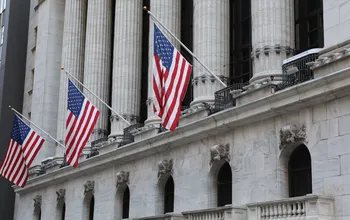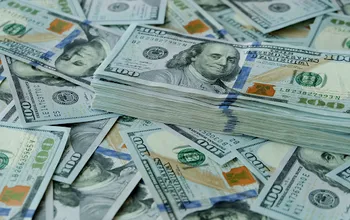The Fed cuts rates by 25 bps to 3.75% – Market Reactions
The Fed just cut rates by 25 bps to 3.50%-3.75% Market reactions: 25 bps as expected, maintaining a neutral tone. While the dot plot suggests fewer cuts than markets priced for next year, Stocks, Bitcoin, and Commodities are rallying. We analyze the Summary of Economic Projections and the market reaction ahead of the Chair's speech.
Bitcoin (BTC), Ethereum (ETH), and Solana (SOL) levels for the FOMC
Bitcoin (BTC), Ethereum (ETH), and Solana (SOL) Technical Analysis: Cryptocurrencies face volatility ahead of the critical Federal Reserve decision. A potential rate cut could boost risk appetite and cryptos but may be challenged if 2026 rate cuts reduce. We analyze intraday levels for the three market leaders to see if a rally is imminent.








